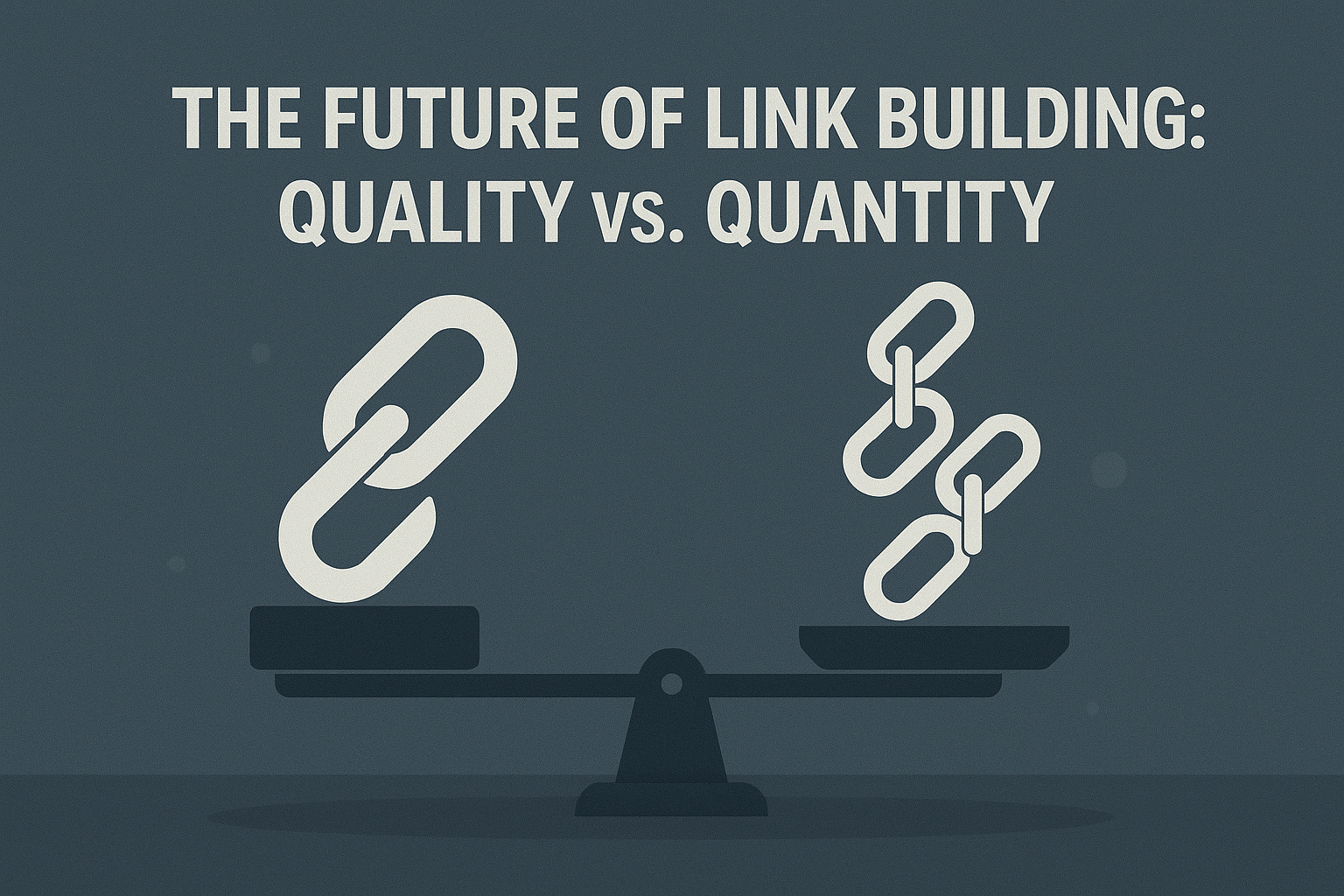The Future of Link Building: Quality vs. Quantity

Link building used to be a volume game. I remember the early SEO days when just blasting a site with hundreds of backlinks — no matter the source — could push it to Page 1 overnight. But fast forward to 2025, and that strategy is dead. The future of link building is no longer about […]
